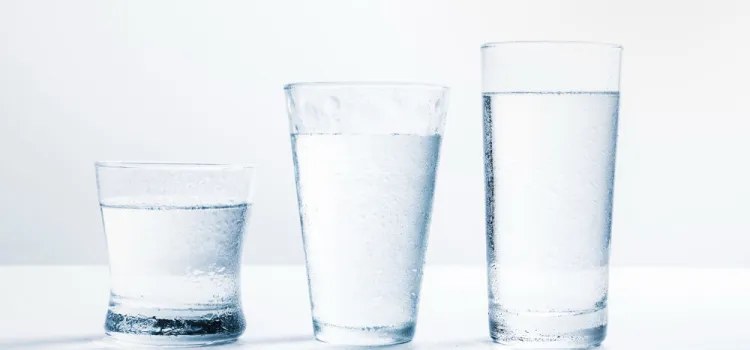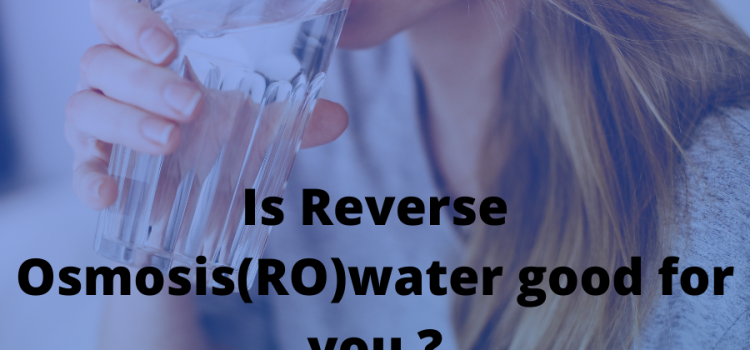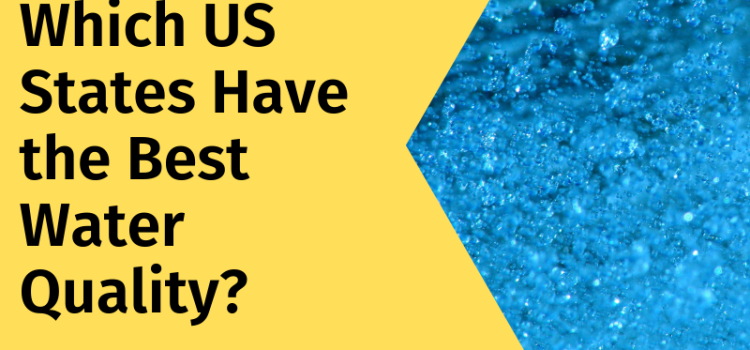Last updated on March 31st, 2025 at 12:16 pm
Waak, Michael B.; LaPara, Timothy M.; Halle, Cynthia; Hozalski, Raymond M.
ENVIRONMENTAL SCIENCE & TECHNOLOGY, 52 (14):7630-7639; 10.1021/acs.est.8b01170 JUL 17 2018
Abstract: The maintenance of a chlorine or chloramine residual to suppress waterborne pathogens in drinking water distribution systems is common practice in the United States but less common in Europe. In this study, we investigated the occurrence of Bacteria and Legionella spp. in water-main biofilms and tap water from a chloraminated distribution system in the United States and a system in Norway with no residual using real-time quantitative polymerase chain reaction (qPCR). Despite generally higher temperatures and assimilable organic carbon levels in the chloraminated system, total Bacteria and Legionella spp. were significantly lower in watermain biofilms and tap water of that system (p < 0.05). Legionella spp. were not detected in the biofilms of the chloraminated system (0 of 35 samples) but were frequently detected in biofilms from the no-residual system (10 of 23 samples; maximum concentration = 7.8 x 10(4) gene copies cm(-2)). This investigation suggests water-main biofilms may serve as a source of Legionella for tap water and premise plumbing systems, and residual chloramine may aid in reducing their abundance.
The post Occurrence of Legionella spp. in Water-Main Biofilms from Two Drinking Water Distribution Systems appeared first on Facts About Water.
Source: Water Feed










Thank you for your sharing. I am worried that I lack creative ideas. It is your article that makes me full of hope. Thank you. But, I have a question, can you help me?